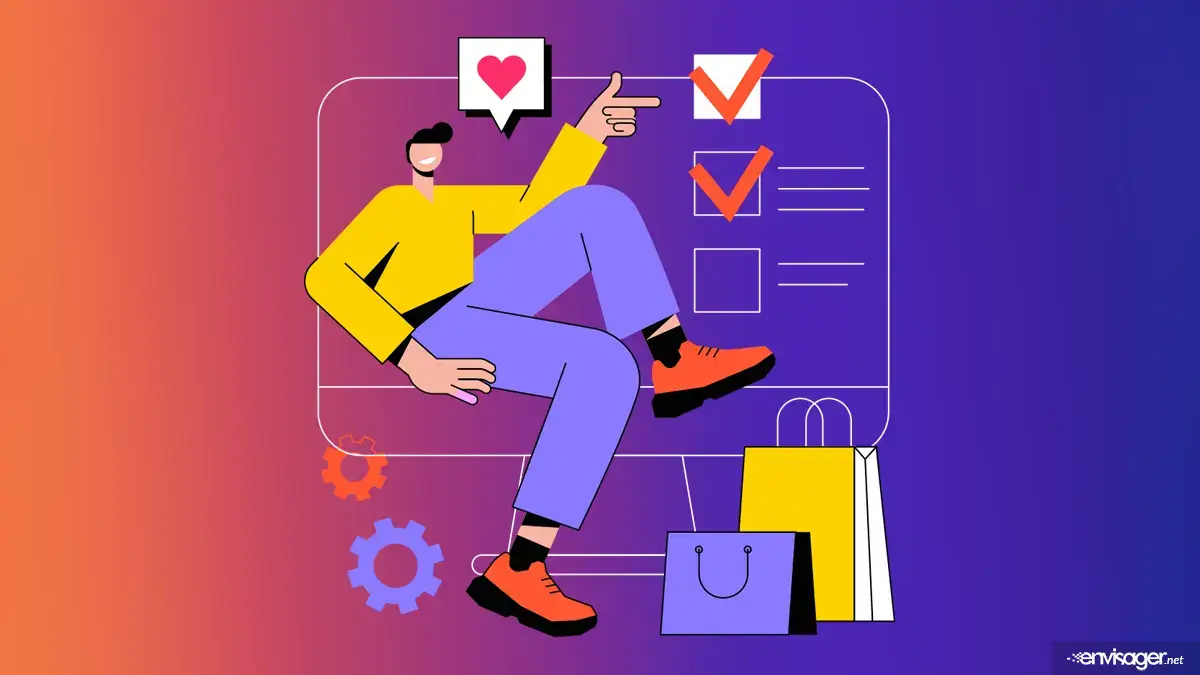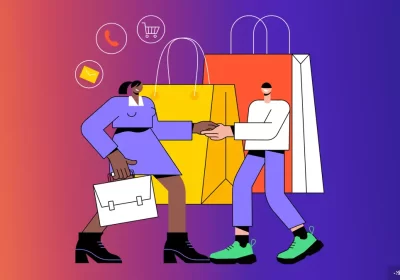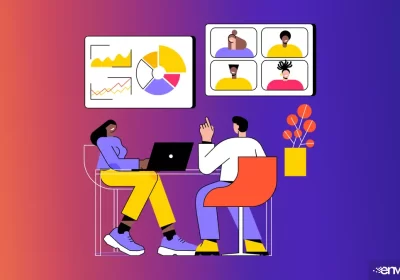What You Can Learn From a Customer’s Order History

When it comes to ecommerce websites, data is one of the most valuable assets for small businesses. Among the many types of data available, a customer’s order history stands out as a goldmine of insights. By analyzing past purchases, you can better understand your audience, personalize marketing, and ultimately drive more sales.
Finding patterns in a customer’s order history
Using an electronic ordering system allows you to view a customer’s previous purchases to see what patterns develop. Let’s dive deeper into what you can learn from this power resource.
1. Buying habits and preferences
A customer’s order history reveals the types of products they purchase most often. For example, if a customer consistently buys eco-friendly household products, you can recommend related items that align with their values. This allows you to create a more personalized shopping experience that keeps them coming back.
2. Purchase frequency
Order history also shows how often a customer buys from your store. Do they shop monthly, seasonally, or only during sales? Understanding these patterns can help you time promotions, send timely reminders, and even launch subscription services for repeat purchases.
3. Seasonal trends
Some products are purchased only at certain times of the year. By looking at a customer’s order history, you can anticipate when they’re likely to buy again. For instance, if they purchase holiday decorations every November, you can send personalized offers in October to stay ahead of their needs.
4. Customer loyalty
Repeat purchases are one of the strongest indicators of customer loyalty. Analyzing order history helps you identify your most loyal customers—the ones who deserve VIP rewards, exclusive offers, or early access to new collections.
5. Opportunities for upselling and cross-selling
By understanding what a customer has already purchased, you can recommend complementary products. If someone buys a laptop, their order history suggests they may also need accessories like a mouse, carrying case, or extended warranty. This kind of tailored recommendation builds trust and increases average order value.
6. Identifying at-risk customers
Order history can also reveal when a once-loyal customer has stopped buying. Recognizing these changes early gives you the chance to re-engage them with special offers or personalized messages before they slip away permanently.
7. Building better marketing campaigns
Finally, a customer’s order history can guide your marketing strategy. Instead of sending generic promotions, you can segment your audience and create campaigns that resonate with specific purchase behaviors. This makes your emails, ads, and recommendations far more effective.
Final thoughts
In addition to being a record of transactions, customers’ previous purchases serves as a roadmap to better relationships, smarter marketing, and stronger sales. By leveraging these insights, your ecommerce business can deliver a truly personalized shopping experience that turns casual buyers into lifelong customers.
You may also enjoy reading: Are Sales Reps Necessary For eCommerce Websites?

Hazel Burgess
FOUNDER/SEO DIRECTOR
Hazel is the Founder & SEO Director at Envisager Studio, a premier website design agency specializing in WordPress website design, development and internet marketing. In her spare time, she writes about search engine optimization, website design, and internet marketing.




